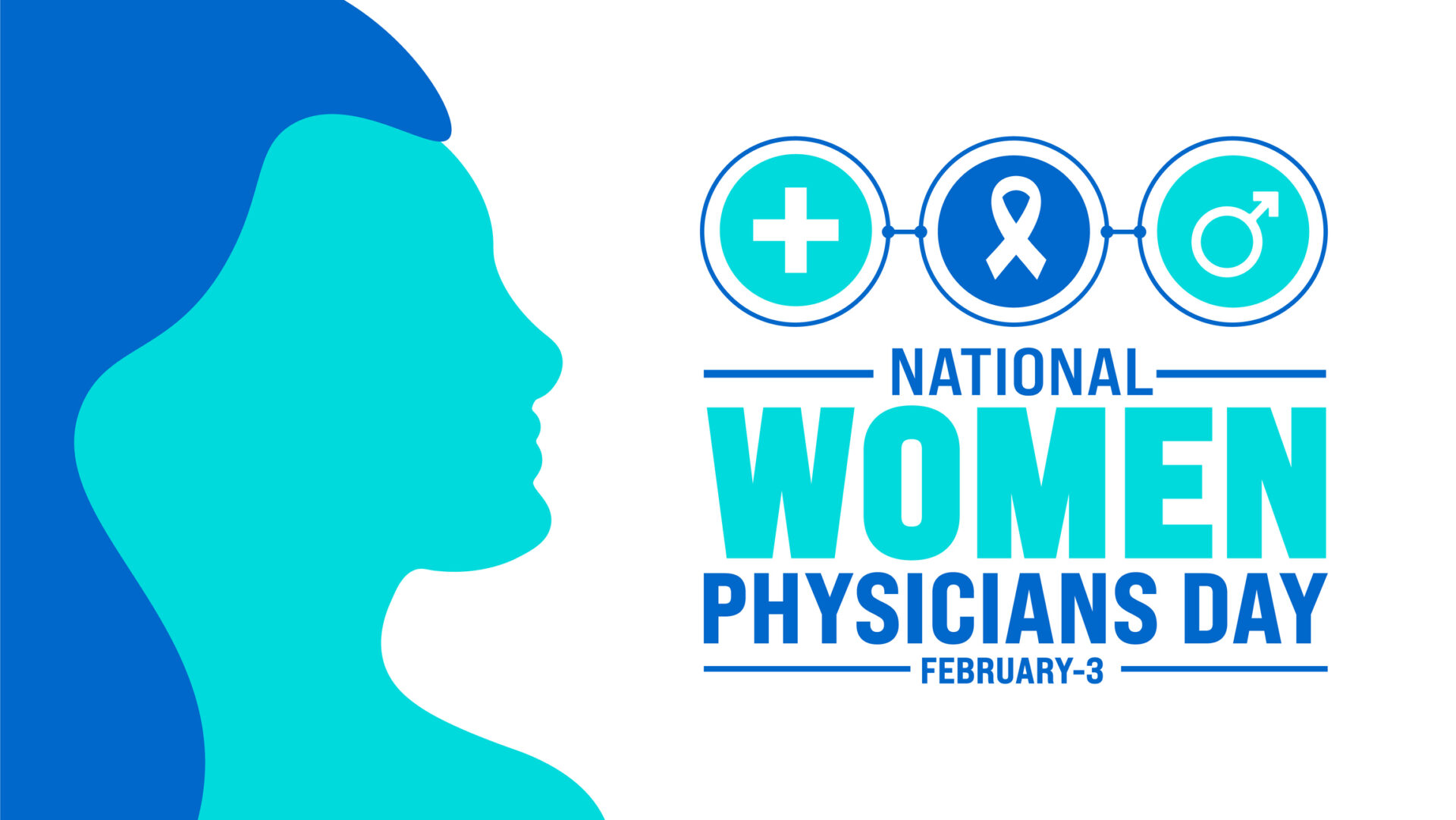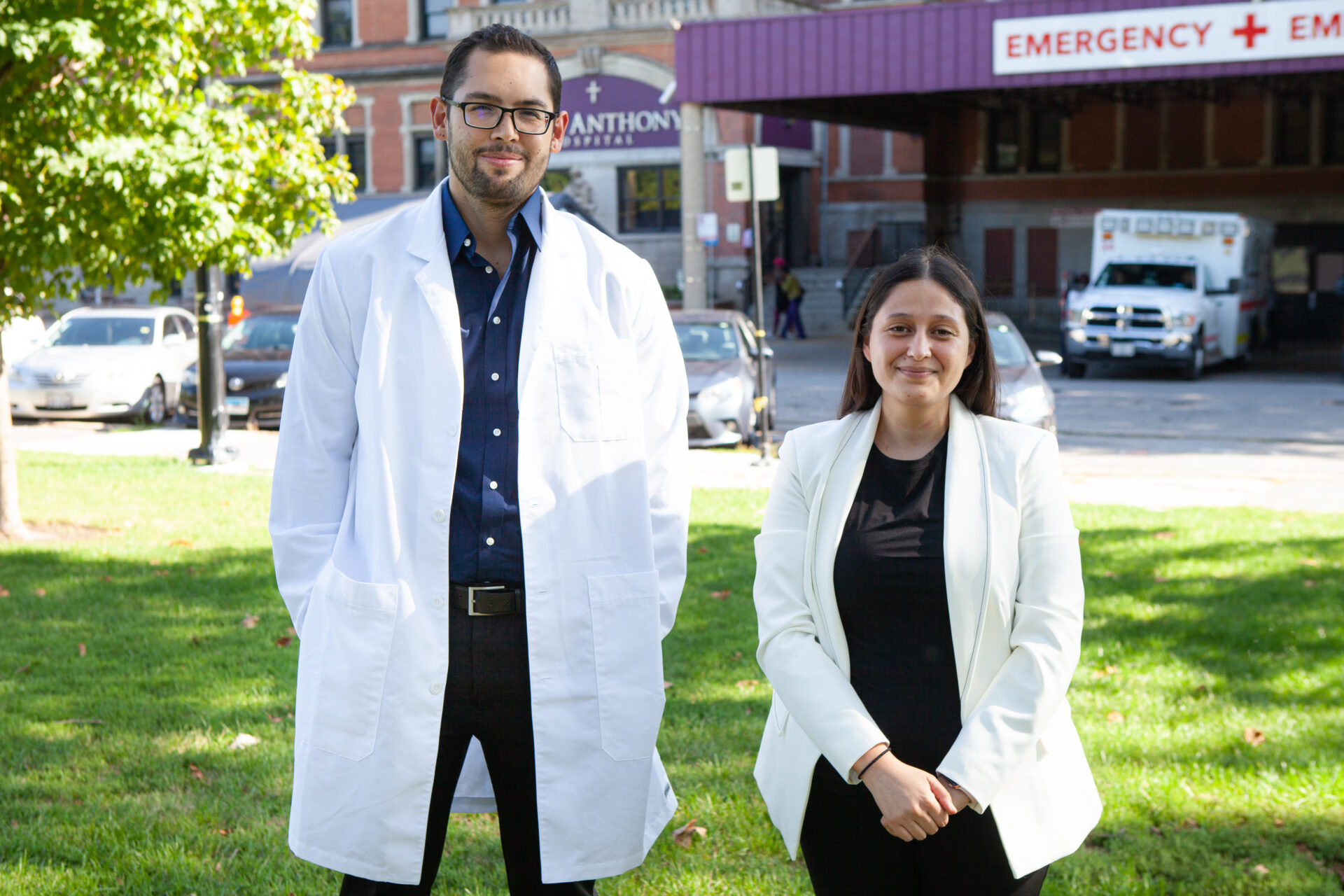Physicians and Undocumented Immigrants
Known as the “melting pot,” the United States is home to a diverse population of individuals, a significant number of which are undocumented. The current population of undocumented immigrants sits at just over ten million. Despite this number’s annual decrease since 2012, the presence of undocumented immigrants in labor intensive positions working long hours is steady, making this a population susceptible to injuries and illnesses. With increasing social focus on inclusivity and representation, healthcare providers are now learning how to treat a previously undeserved community. Primary focuses on education in this area are concerned with improving communication, understanding financial structures, and considering stressors that may be affecting a patient’s treatment.
Improving Communication
Current medical educators are focused on teaching students the importance of improved communication regarding treatment alternatives for undocumented individuals, specifically that of transparency. In the past, medical practitioners working in clinics that cater to the undocumented community implemented the most affordable and quickest treatments available. A lack of insurance and consequently funding means that these locations have smaller staffs and less resources at their disposal. With transparency, patients should be educated on the spectrum of treatments available regardless of the finances. This openness builds trust between health care providers and patients in addition to allowing patients to choose the right treatment for them.
Understanding Financial Structures
Aside from improving communication methods, professionals should also be aware of financial burdens associated with transparency. Chronic illnesses are often the most difficult to treat in undocumented cases because money for continuous care isn’t available. In addition, undocumented immigrants cannot apply for organ transplants. Aside from these two instances, medical professionals can assist with patient finances by petitioning for Emergency Medical Assistance (EMA) in cases that are immediately life threatening. The EMA will usually cover all medical costs and surgeries if approved. Occasionally, applications to the EMA need to be appealed so it’s important that health care providers keep up with the status of such applications.
Considering Stressors
Finally, health care providers are being educated to consider other factors in undocumented immigrants lives that might affect their treatment, namely mental health issues and familial strains. Depression and anxiety caused by undocumented status or separation from family members are common. Post Traumatic Stress Disorder (PTSD) has also been reported for some individuals specifically those relating to border crossing. The presence of one or more of these factors can affect treatments and educating medical practitioners on how to best assess a patient’s mental health can improve treatment.
While communication, finances, and mental health awareness can improve medical practitioner’s relations with the undocumented community, changes in policy and experiences should inspire continual education in this area.
Interested in learning more about AMO, our rotations, or becoming a host to international medical students and graduates? Visit our page for more information!
Source: How can physicians care, and advocate for, undocumented immigrants?






Leave A Comment